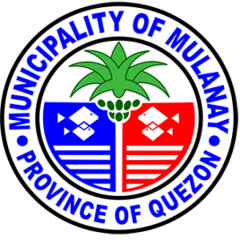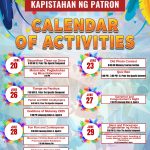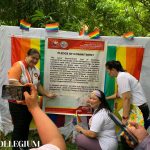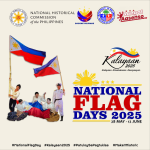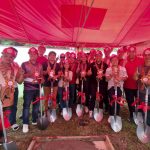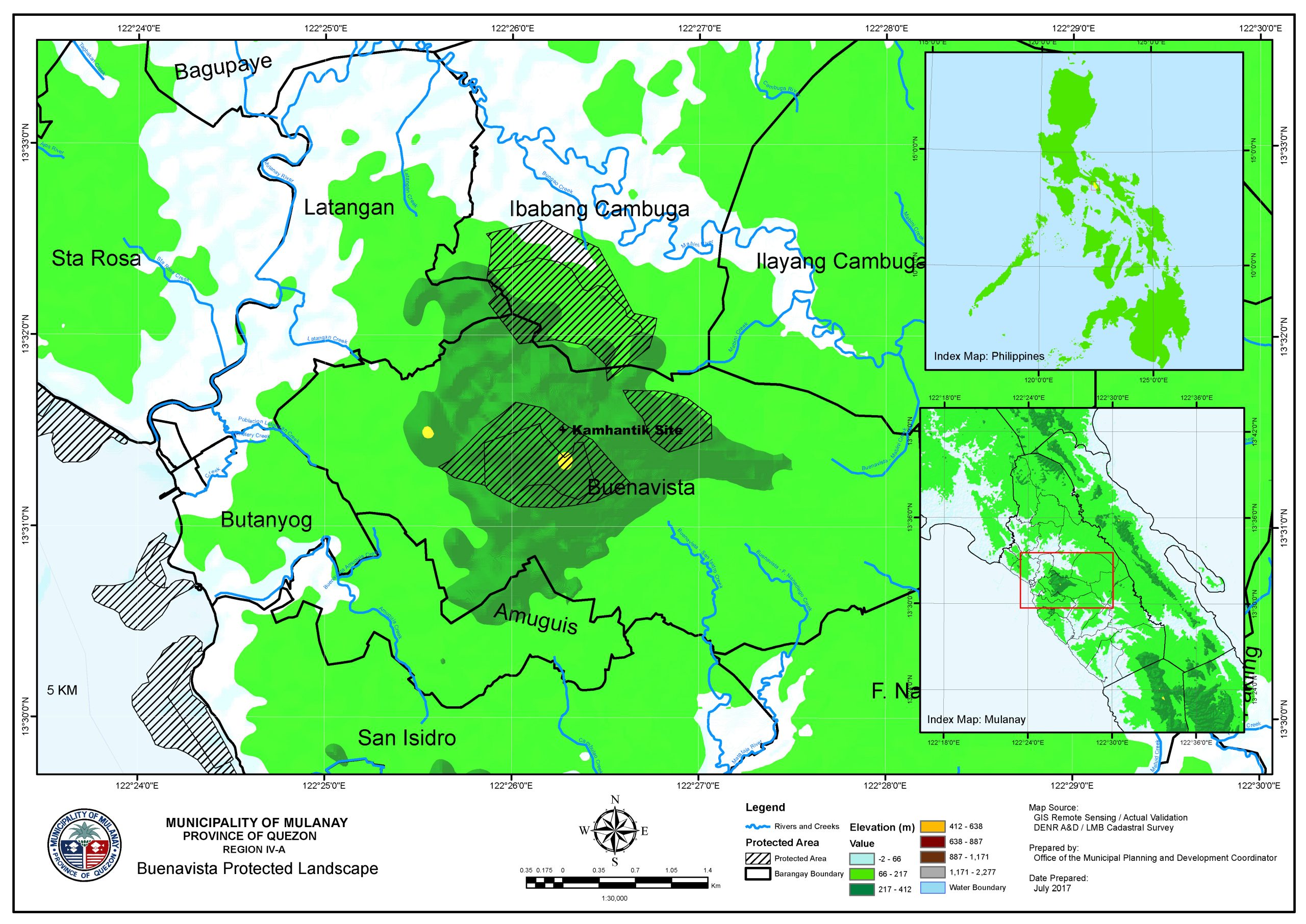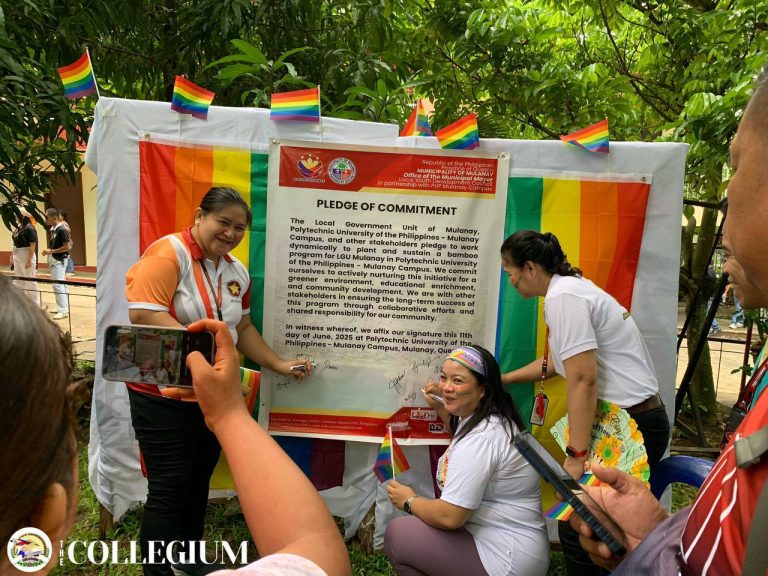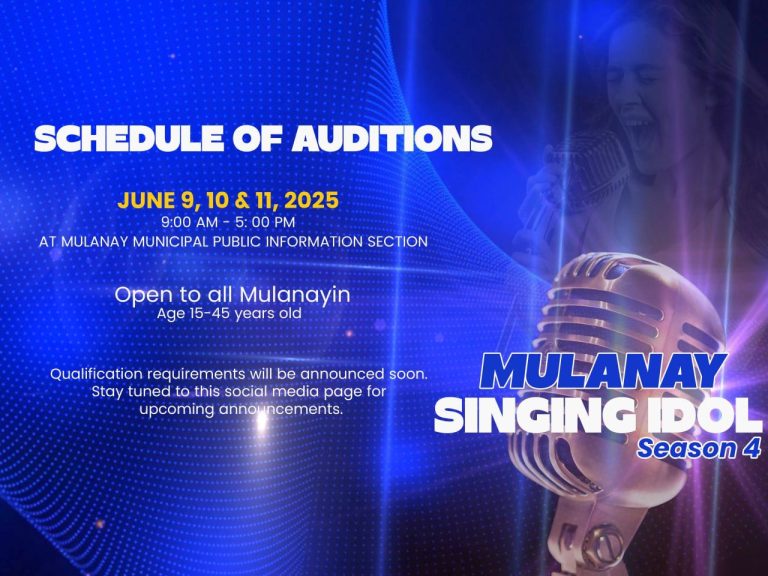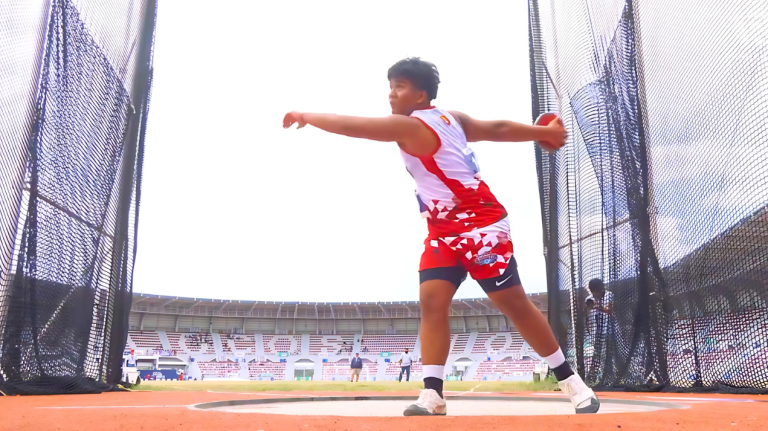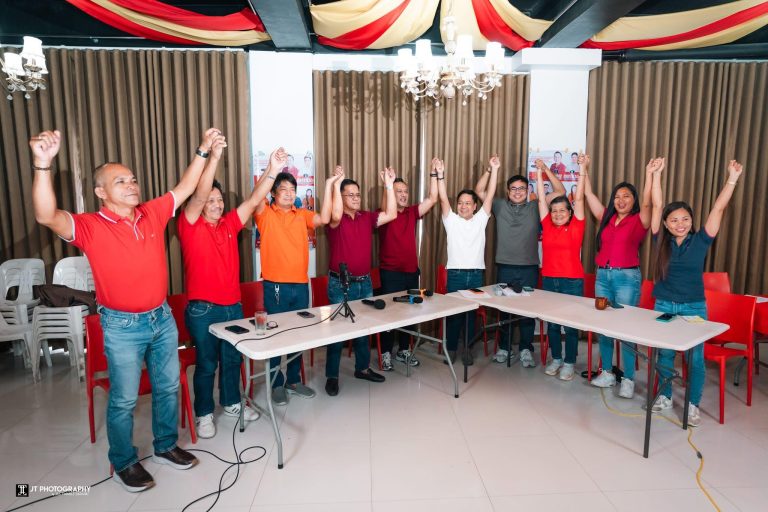Nestled within the rich ecological tapestry of the Bondoc Peninsula lies a hidden gem of environmental and cultural significance—the Buenavista Protected Landscape (BPL) of Mulanay, Quezon. Encompassing approximately 284 hectares within Barangay Buenavista, BPL is a vital component of the larger Mulanay River Watershed and is recognized nationally for both its ecological richness and archaeological treasures.
A Sanctuary of Biodiversity and Geological Wonders
The BPL is part of a larger karst landscape, formed by limestone formations dating back millions of years. These porous rocks serve as natural aquifers, storing groundwater that sustains communities downstream. However, dwindling forest cover has led to declining water reserves, highlighting the critical role of BPL in regional water security.
This protected area is also a biodiversity hotspot. Within its forests thrive numerous threatened and endemic species, such as the Luzon Hornbill, Southern Luzon Giant Cloud Rat, and White-browed Shama, along with rare plants like jade vines, hoya, and native hardwoods. These species are highly sensitive to environmental disturbances, making BPL’s preservation paramount.
The Cultural Heartbeat: Mt. Kamhantik Archaeological Site
Within the BPL lies Mt. Kamhantik, an elevated forested plateau that gained national attention for its prehistoric limestone burial tombs, considered among the earliest in the Philippines. Declared a Local Cultural Treasure by Mulanay’s Sangguniang Bayan in 2016, and nominated as a National Cultural Treasure, the site reflects the area’s deep ancestral history and spiritual heritage.
The Mt. Kamhantik Archaeo-Ecological Tourism Site, covering 284.27 hectares, is now the focus of the 2026–2030 Convergence Area Development Plan (CADP) under the National Convergence Initiative for Sustainable Rural Development (NCI-SRD). This plan envisions Mt. Kamhantik and the greater BPL as models of sustainable ecotourism, heritage conservation, and community-based development.
Ecological Zoning and the Ridge-to-Reef Strategy

The BPL is divided into two zones:
- Strict Protection Zone (SPZ): 64.92 hectares reserved for biodiversity and habitat preservation.
- Multiple Use Zone (MUZ): 222.32 hectares where regulated community activities such as agroforestry and eco-tourism are allowed.
The broader CADP employs a ridge-to-reef approach, integrating conservation from upland forests to coastal areas. This ensures the ecological continuity of forests, farmlands, rivers, and mangroves, promoting resilience against climate change.
Challenges and Strategic Interventions
Despite its promise, the area faces numerous challenges:
- Deforestation and soil erosion threaten ecological integrity.
- Poor road access and minimal visitor facilities hinder tourism potential.
- Lack of solid waste management affects both upland and coastal ecosystems.
- The archaeological site remains vulnerable to damage due to limited infrastructure and protection.
To address these, the CADP outlines key programs:
- Development of eco-trails, museums, and visitor centers;
- Establishment of Materials Recovery Facilities (MRFs);
- Regular archaeological and biodiversity research;
- Strengthening of local tourism enterprises and environmental education;
- Mobilization of funding from LGUs, NGOs, and international grants (e.g., UNDP, GEF).
Institutional and Community Support
The BPL’s development is backed by strong multi-sector collaboration involving the LGU of Mulanay, DENR, National Museum, academic institutions, and local communities. Barangays Buenavista, Cambuga, Santa Rosa, Bagupaye, and Latangan play strategic roles in forest protection, agro-ecotourism, and coastal resource management.
Mulanay’s Comprehensive Land and Water Use Plan (CLWUP) 2025–2035 and Comprehensive Development Plan (CDP) 2024–2030 both integrate the BPL into their strategic priorities, reinforcing its importance in local governance, tourism, and environmental management.
A Model for Sustainable Rural Development
The Buenavista Protected Landscape is more than a conservation area; it is a living landscape that fuses natural heritage with cultural identity and local economic aspirations. As the Municipality of Mulanay champions its vision of “Aangat, Aasenso,” the BPL stands as a testament to what is possible when communities, science, and governance converge for sustainable rural transformation.
